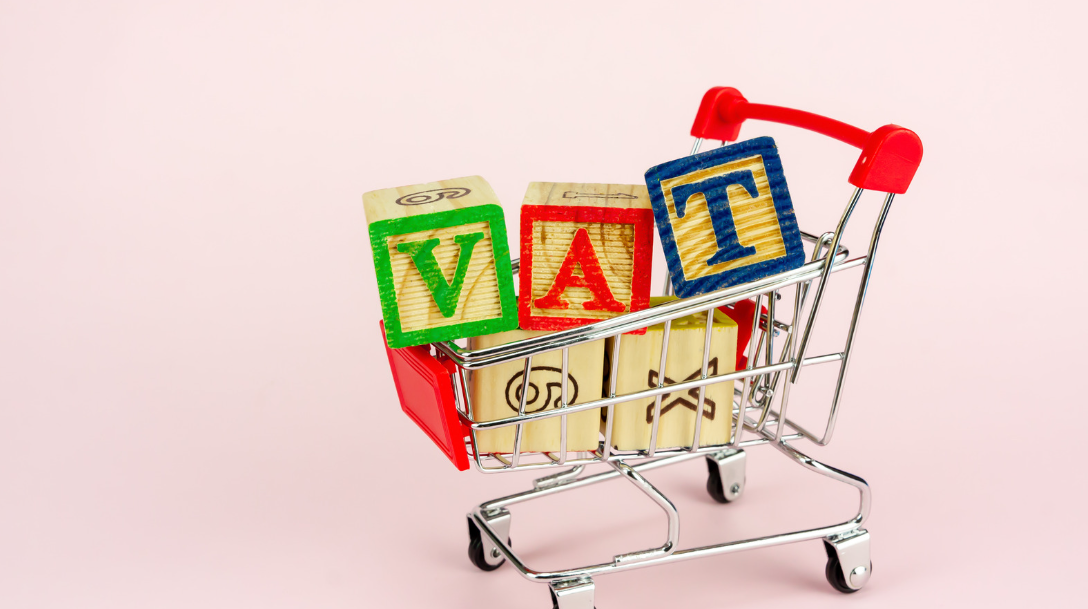Introduction
Navigating VAT (Value Added Tax) obligations can be complex for businesses, especially when choosing between different VAT schemes. Two popular options available to UK businesses are the Flat Rate Scheme (FRS) and the Standard VAT Scheme. Both have their advantages and drawbacks, and the best choice depends on your business type, turnover, and how you manage your finances. In this blog post, we’ll compare the Flat Rate Scheme and the Standard Scheme, helping you determine which is the most suitable option for your business.
Understanding VAT Schemes
Flat Rate Scheme (FRS):
The Flat Rate Scheme is designed to simplify VAT reporting for small businesses. Instead of calculating VAT on every sale and purchase, businesses pay a fixed percentage of their gross turnover to HMRC. This percentage varies by industry, with most businesses paying between 4% and 14.5%. Under the FRS, businesses still charge the standard 20% VAT on sales but keep the difference between what they charge and what they pay to HMRC.
Standard VAT Scheme:
Under the Standard VAT Scheme, businesses charge VAT on their sales (output tax) and reclaim VAT on their purchases (input tax). The difference between the VAT collected and the VAT paid is then sent to HMRC. This scheme requires detailed record-keeping and quarterly VAT returns, but it can be more beneficial for businesses with higher VAT expenses.
Key Differences Between the Flat Rate Scheme and Standard Scheme
- VAT Calculation and Reporting
Flat Rate Scheme:
- Simplified VAT reporting. Pay a fixed percentage of your turnover as VAT, regardless of your actual VAT expenses.
- No need to track VAT on every purchase, making it easier to manage.
Standard Scheme:
- Detailed VAT reporting required.
- Charge VAT on sales and reclaim VAT on purchases.
- More complex record-keeping, as you need to track VAT on every transaction.
- Financial Impact
Flat Rate Scheme:
- Ideal for businesses with low VAT expenses.
- You might end up paying less VAT overall, especially if your business has minimal VAT-able purchases.
- Potential for increased profitability if your VAT liabilities are lower than the flat rate percentage.
Standard Scheme:
- Beneficial for businesses with significant VAT-able expenses.
- Allows you to reclaim VAT on business purchases, reducing your overall VAT liability.
- Better suited for businesses with high input costs, such as those in manufacturing or retail.
- Eligibility and Turnover Limits
Flat Rate Scheme:
- Available to businesses with an expected annual taxable turnover of £150,000 or less, excluding VAT.
- You must leave the scheme if your total business income exceeds £230,000 including VAT in any 12-month period.
Standard Scheme:
- No specific turnover limit for the Standard Scheme.
- Mandatory for businesses with a taxable turnover above £85,000 (the VAT registration threshold).
- Administrative Burden
Flat Rate Scheme:
- Reduced administrative burden due to simplified VAT calculation.
- Less time spent on bookkeeping and VAT returns, which can free up resources for other business activities.
Standard Scheme:
- More time-consuming due to the need for detailed record-keeping and VAT return preparation.
- Requires careful management of input and output VAT, which may necessitate hiring a bookkeeper or accountant.
- Cash Flow Considerations
Flat Rate Scheme:
- Predictable VAT payments based on a fixed percentage of turnover, aiding in cash flow management.
- May result in higher VAT payments if your business has significant expenses that would have been reclaimable under the Standard Scheme.
Standard Scheme:
- Potential for more volatile cash flow due to varying VAT liabilities based on sales and purchases.
- Ability to reclaim VAT on purchases can improve cash flow, particularly for businesses with high expenditure.
Which Scheme is Right for Your Business?
When to Choose the Flat Rate Scheme:
- Your business has relatively low VAT-able expenses.
- You want to simplify your VAT reporting and reduce administrative tasks.
- Your business has a turnover below £150,000 (excluding VAT).
- You prefer predictable VAT payments and easier cash flow management.
When to Choose the Standard VAT Scheme:
- Your business incurs significant VAT-able expenses and you want to reclaim VAT on purchases.
- You are comfortable with more detailed record-keeping and VAT reporting.
- Your turnover exceeds the Flat Rate Scheme limits or is close to them.
- You operate in an industry with high input costs, where reclaiming VAT is crucial to profitability.
Conclusion
Choosing between the Flat Rate Scheme and the Standard VAT Scheme depends on your business’s unique circumstances, including your turnover, expenses, and administrative capacity. The Flat Rate Scheme offers simplicity and predictability, making it ideal for small businesses with low expenses, while the Standard Scheme is better suited for businesses with higher costs that need to reclaim VAT.
Before making a decision, consider consulting with a tax advisor or accountant who can assess your specific situation and provide tailored advice. Understanding the nuances of each scheme can help you optimize your VAT management, ensuring your business remains compliant and financially efficient.

